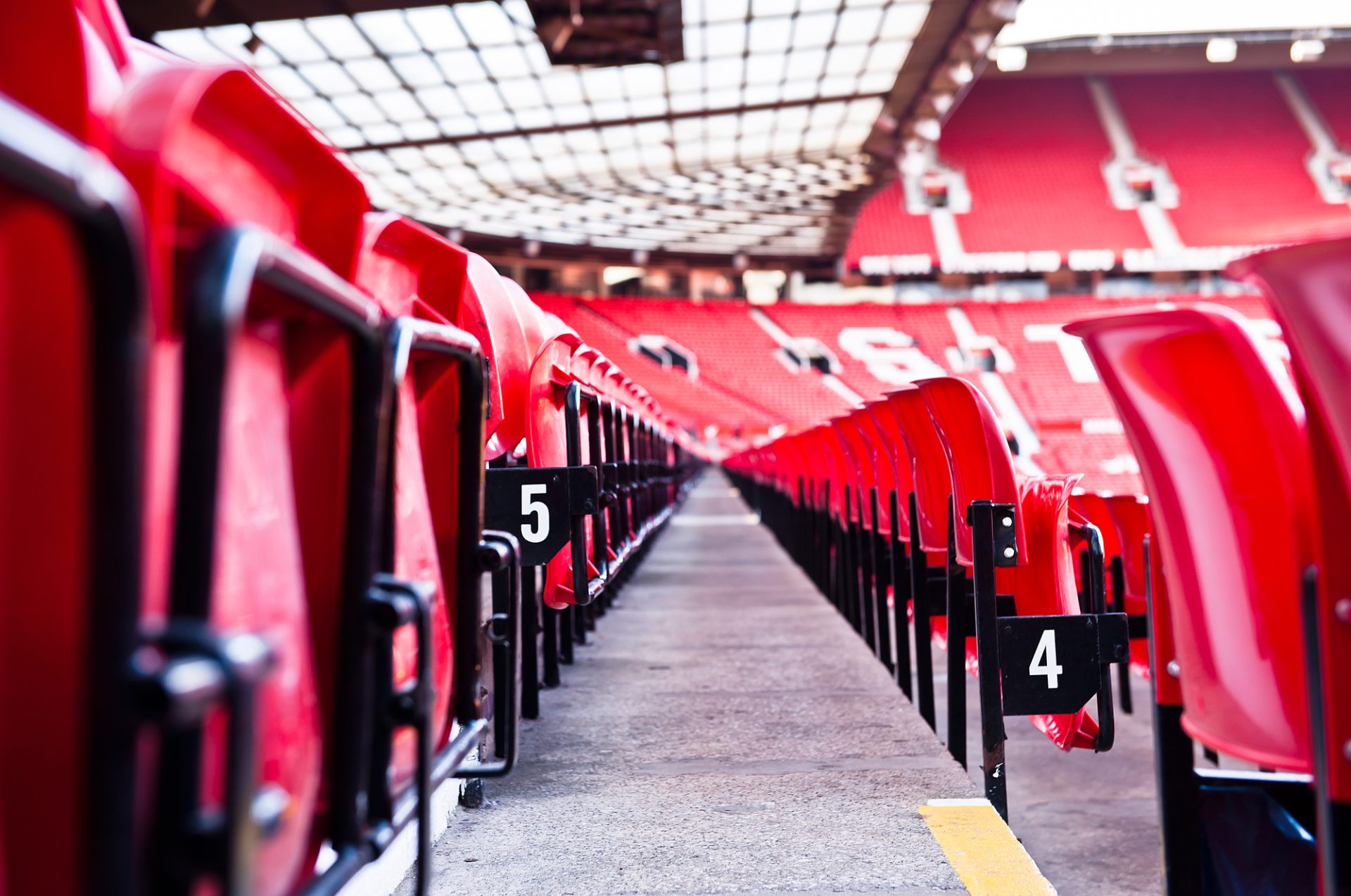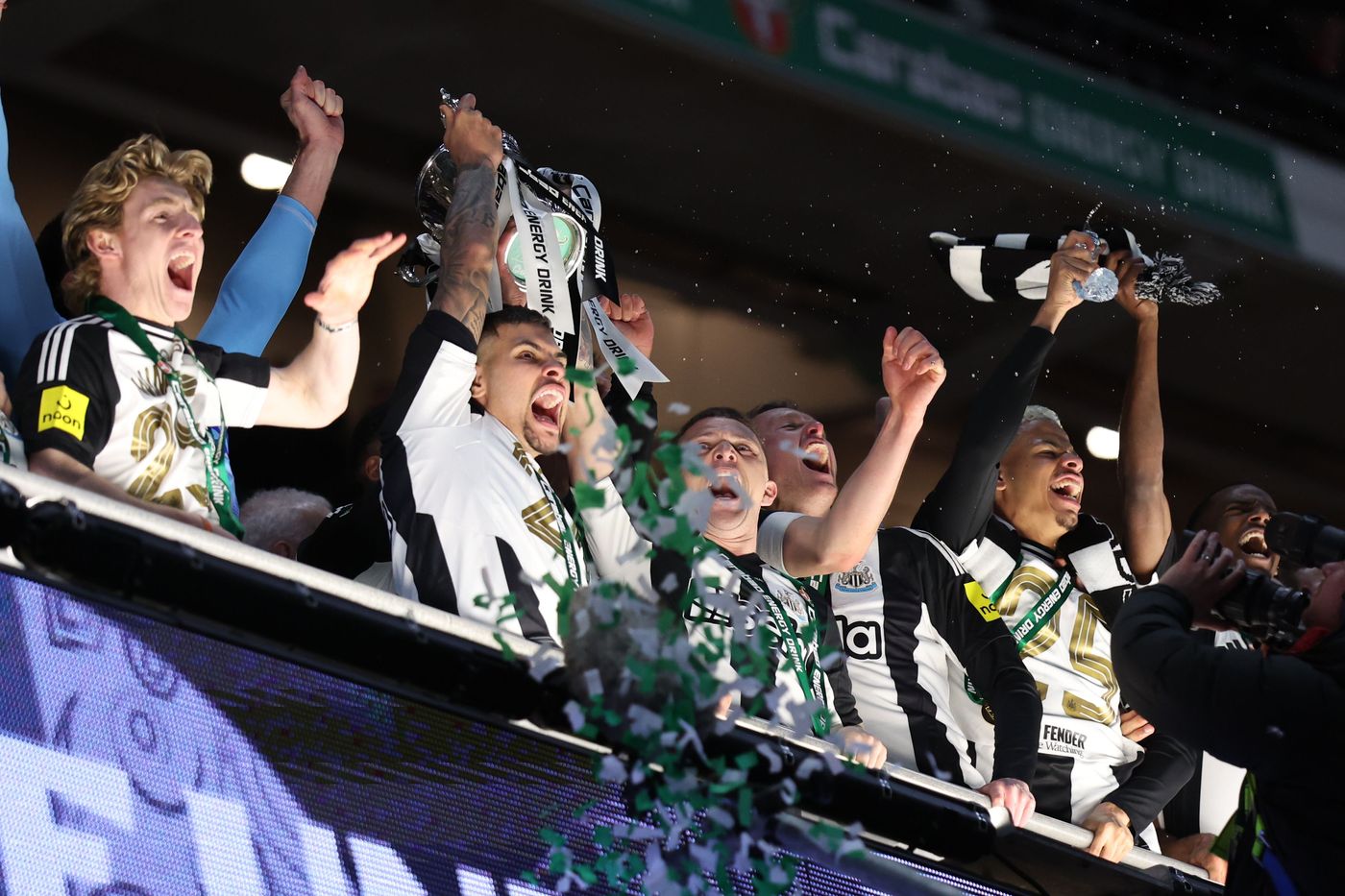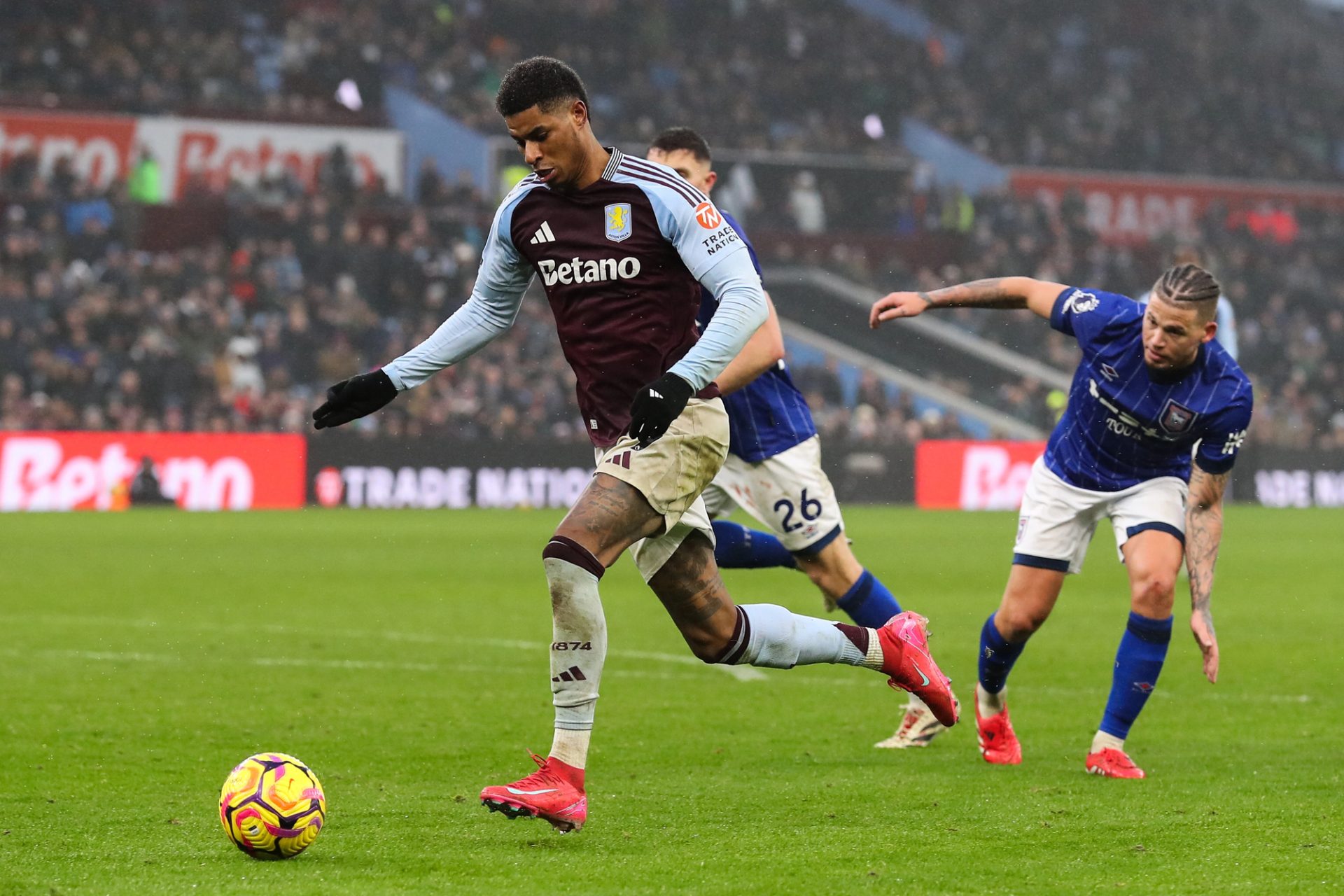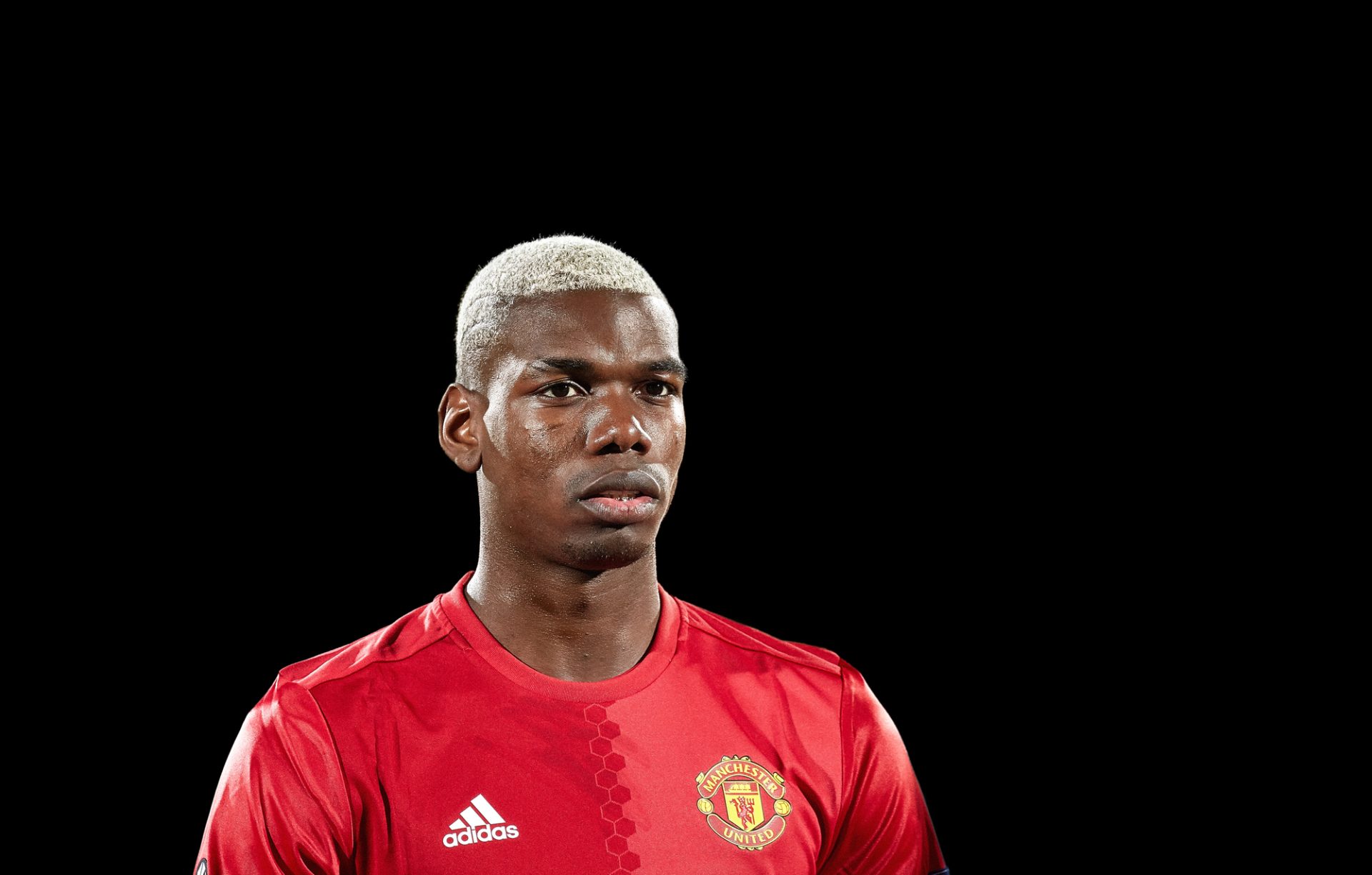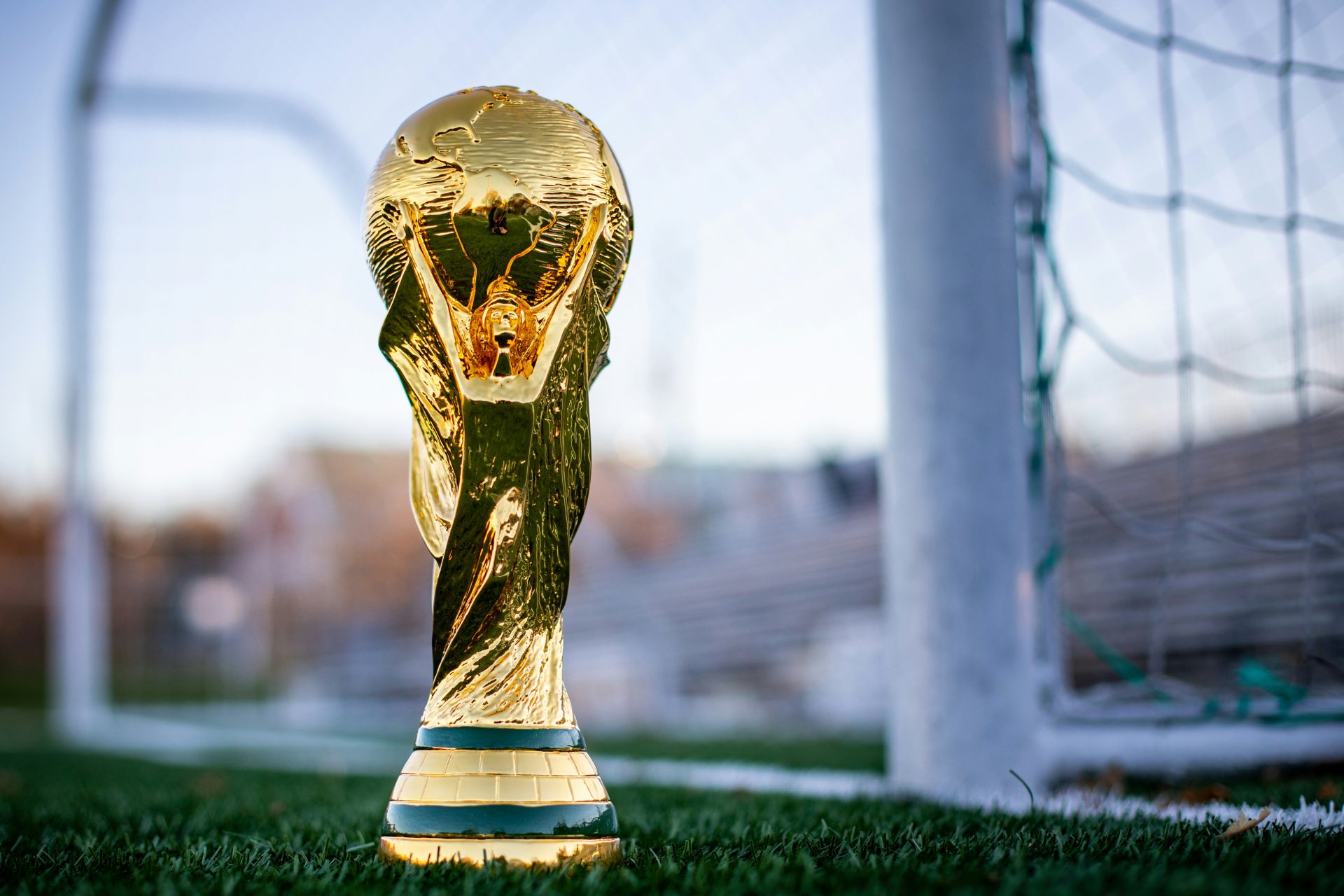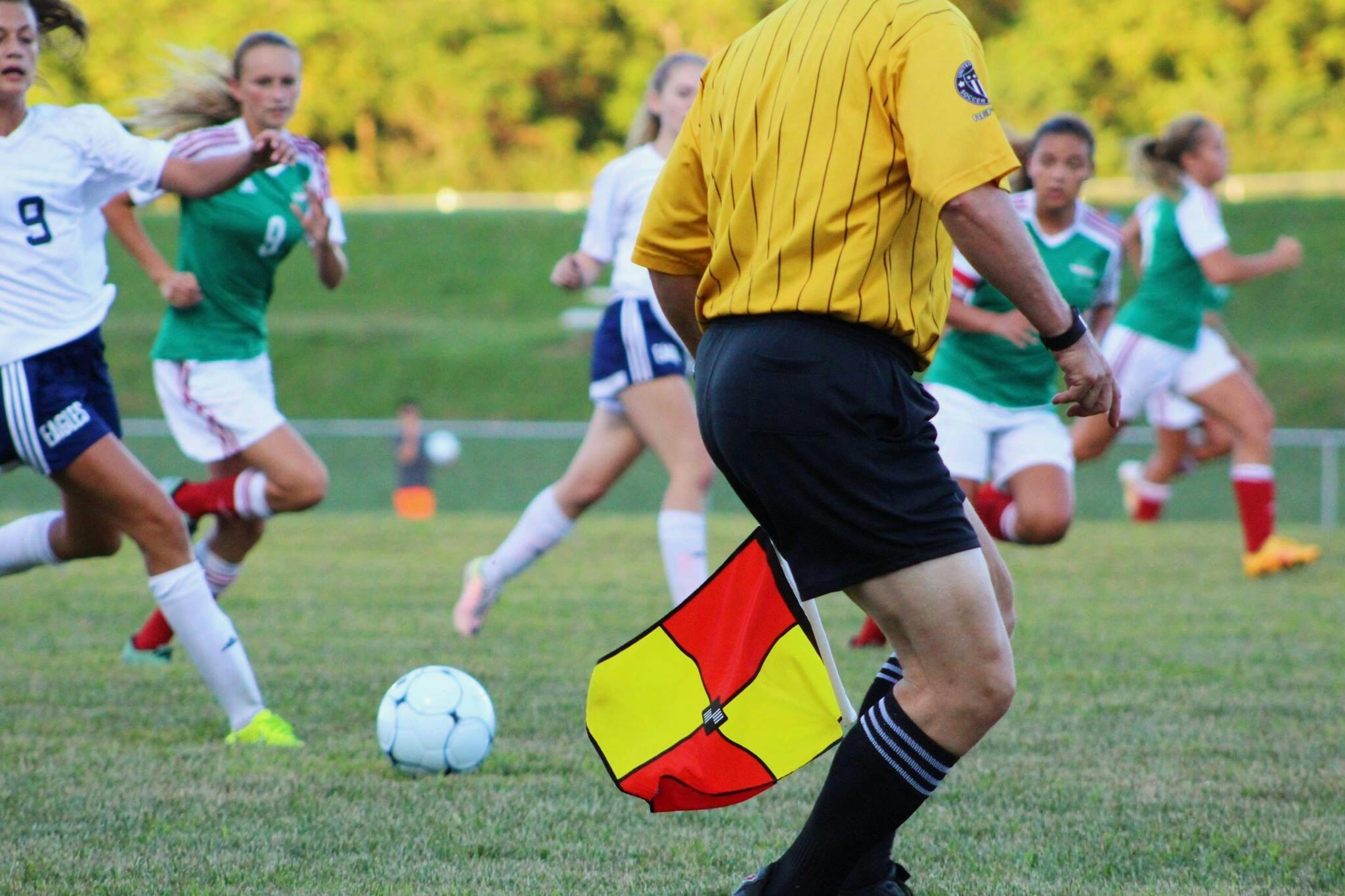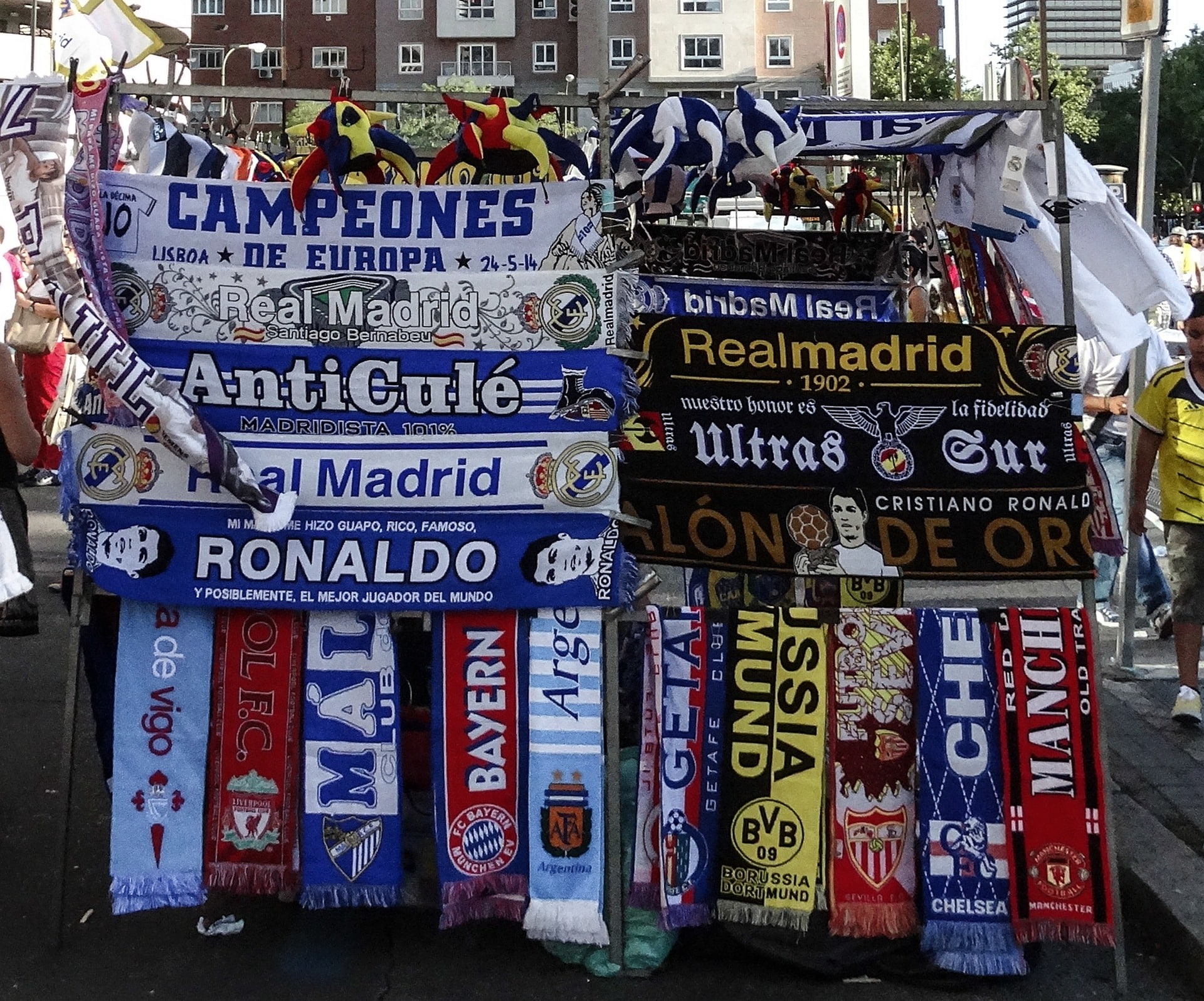The Italian Football Renaissance is on!
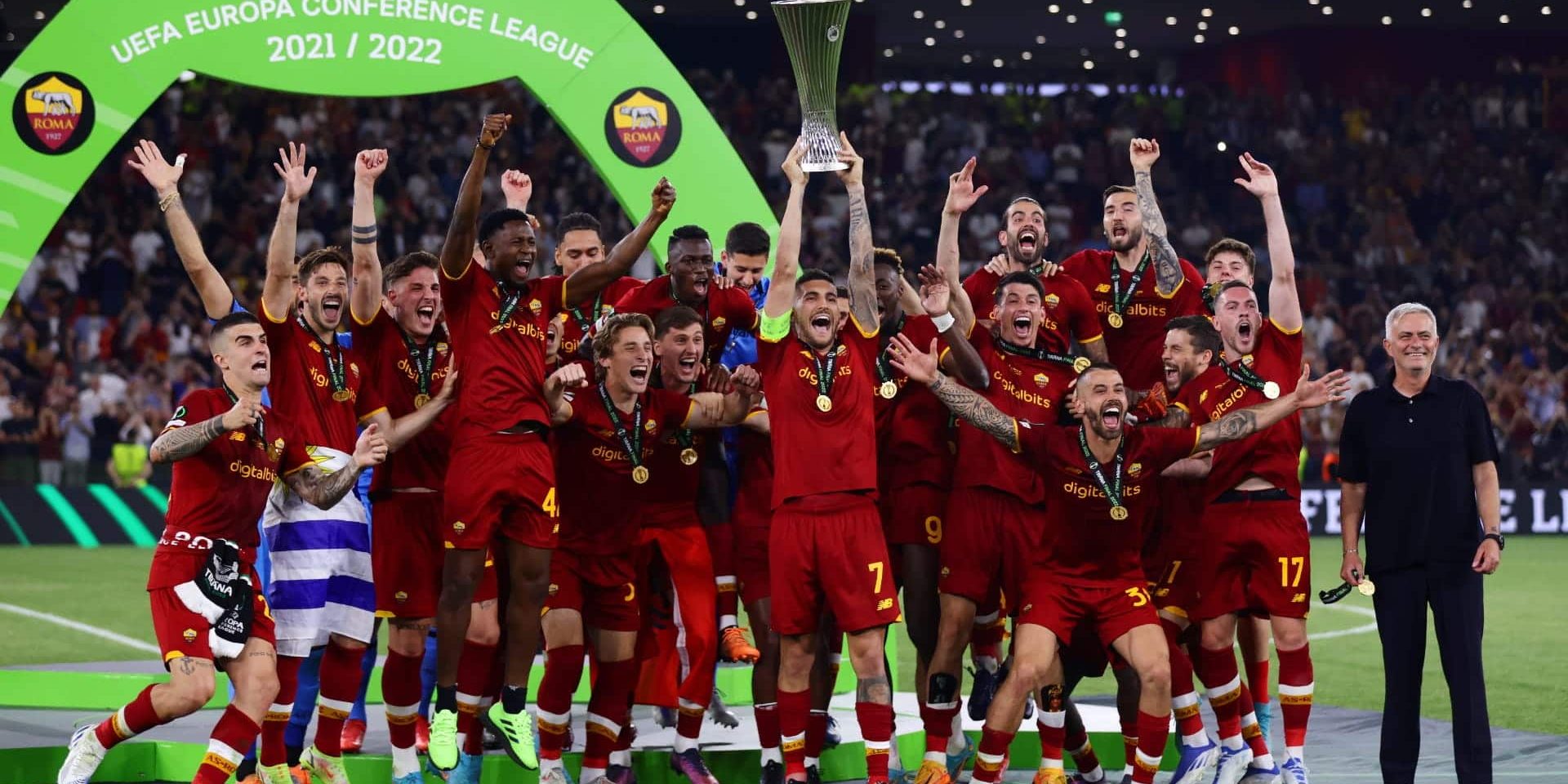
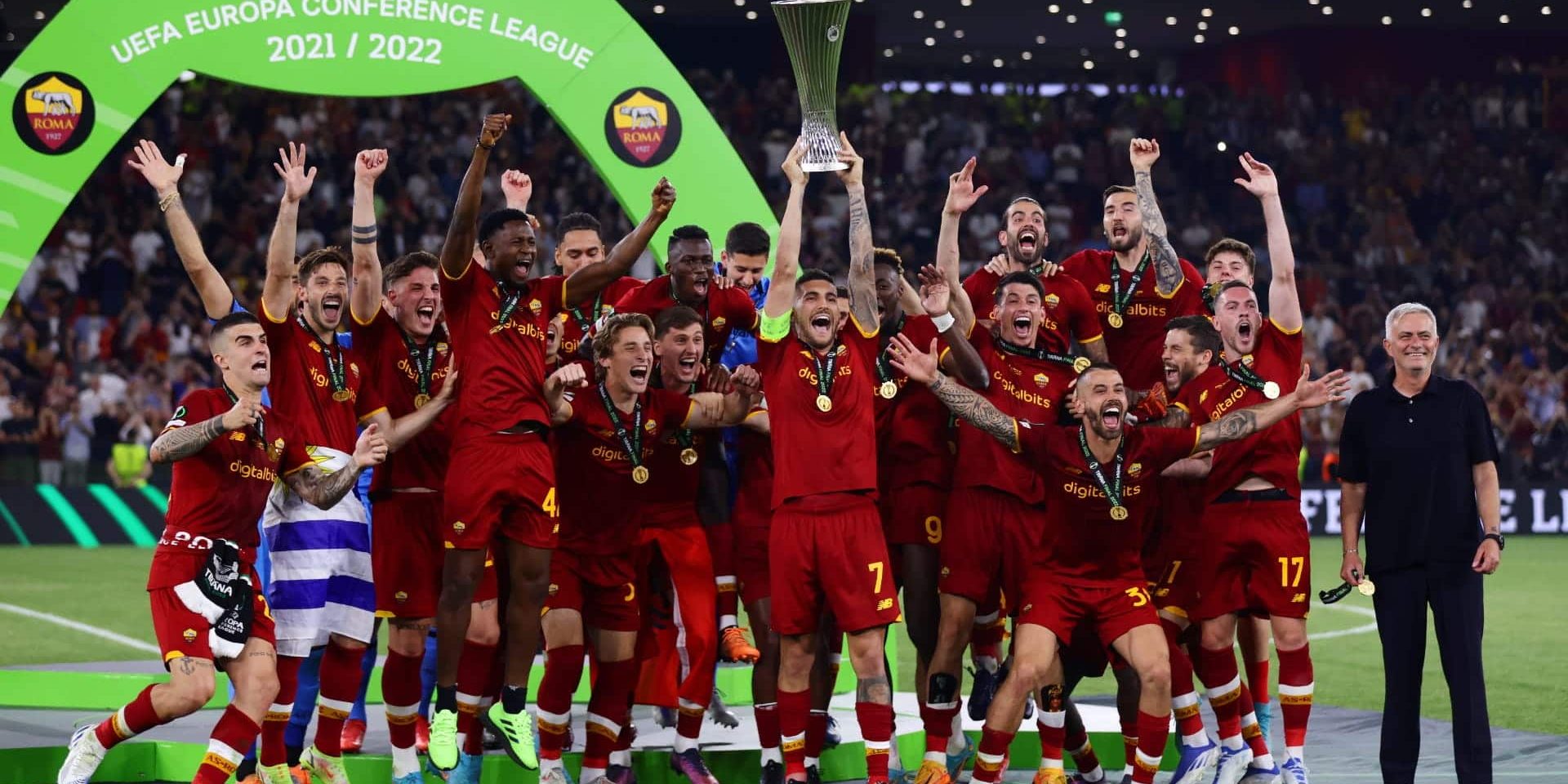
Table of Contents
Italian football took a severe and deep dive during the 2010s and it was hard to see how it could recover. However, seemingly out of nowhere, Italian football clubs have made a huge splash on the European scene in the past couple of seasons.
While there’s still a long way to go for Italian clubs to recreate their glory days of the 1990s and early 2000s, this could be the start of a Renaissance for Italian football. Or is this just a flash in the pan? As ever anything involving Italy, it isn’t that straightforward and there will be plenty more drama to come!
Representing in Europe
Italian football clubs make up more of the teams remaining in European competition than any other nation. Across the UEFA Champions League, Europa League and Europa Conference League, there are five Italian teams out of the twelve semi-finalists.
Fiorentina have made it to the Conference League semis and Juventus, despite their struggles off the pitch are in the last four of the Europa League. Roma, after their Conference League win last season, are also in the Europa League semi-finals in what has been the best season in the tournament’s history.
Meanwhile, in the Champions League, two of the surprise semi-finalists are AC and Inter Milan, who will play two legs of the Milan Derby at the San Siro.
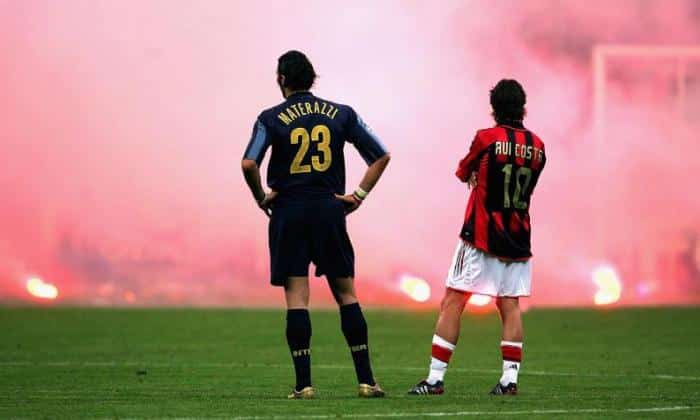
While it’s unlikely that either Milan club will win the Champions League (although, one of them will be in the final), both Juve and Fiorentina are the favourites to win the Europa competitions.
For comparison purposes, no other country comes close to the Italian success this season, as it stands. England, despite the financial might of the Premier League, only has two clubs in the semi-finals. The same is true for Spanish clubs, with just a pair hailing from Spain.
Germany only has Bayer Leverkusen left and there are no French clubs remaining in European competitions this season.
Italian football’s rise and decline
Italian league football was the biggest force in the beautiful game in the 1990s. Italy hosted the 1990 FIFA World Cup, which is synonymous with its moniker “Italia 90” defining the tournament. Interest in football in Italy peaked during this decade, thanks in part to Serie A having some of the best players in the world.
Milan, Juventus, Inter, Lazio, and even Parma all won European silverware during the 1990s. They weren’t the only force in European football, but Serie A was without a doubt in the top three leagues in Europe, up there with Spain’s La Liga and the Premier League.
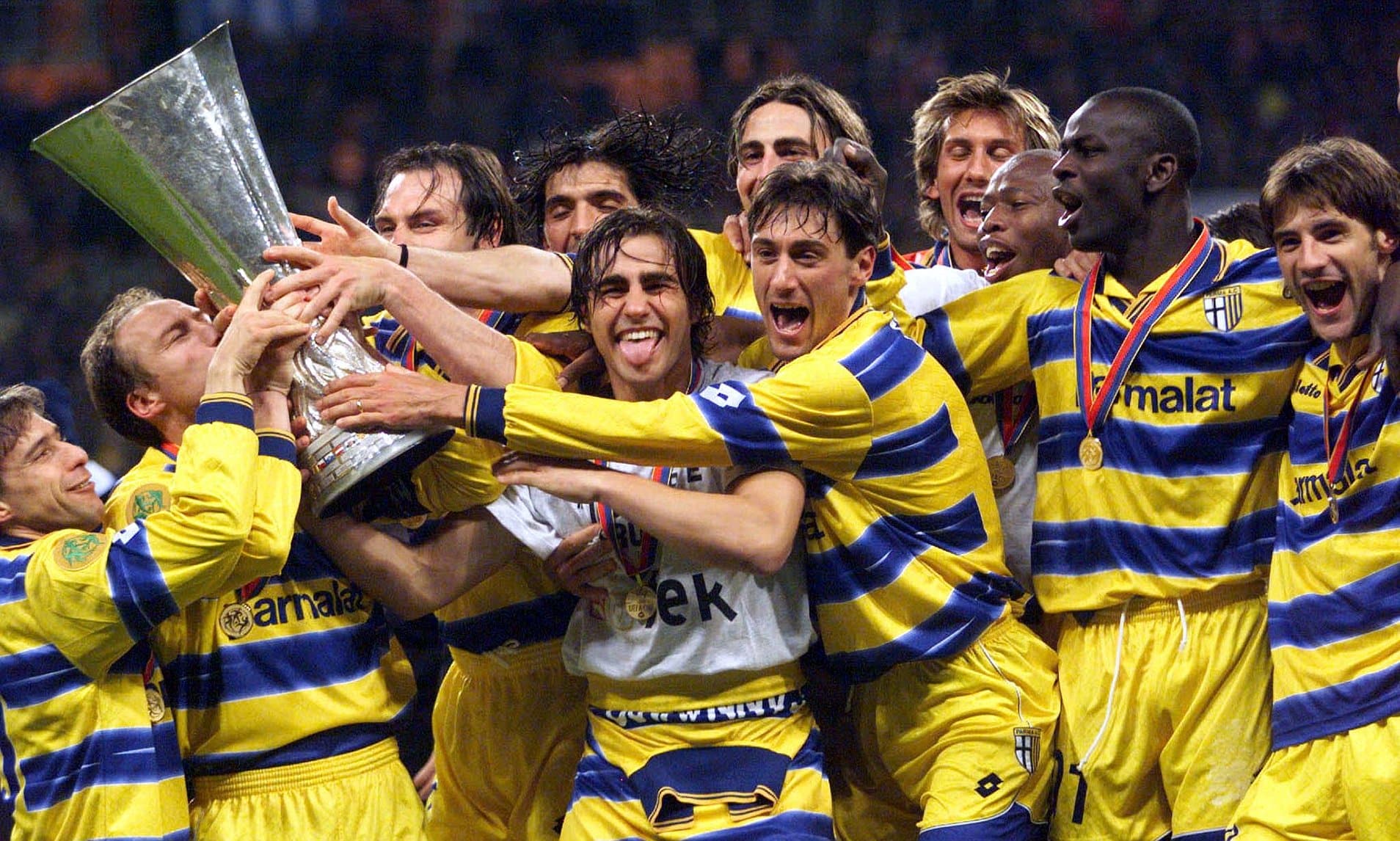
Nothing lasts forever though, and Italian football’s decline was a sharp one. The reasons behind these are numerous, but two of the biggest were the 2008 Global Financial Crisis and the Calciopoli Scandal. Italy was hit hard by the global recession in ’08, more so than almost any other western nation.
Naturally, as Serie A is a part of Italian society, it too was severely impacted. Couple that with Calciopoli, which resulted in fines and the forced relegation of Juventus, amongst other punishments. Accusations of corruption in Italian football were nothing new, but Calciopoli revealed the seedy underbelly that nobody wanted to see.
Serie A and domestic Italian football was tainted by Calciopoli and it’s an ugly image that the league still hasn’t fully recovered from. Football fans will always accuse match officials of taking bribes, but in the case of Serie A, it was actually true and for some, its ruined the spectacle of Italian football forever.
The comeback
We haven’t even mentioned the two clubs that currently occupy the top spots in Serie A. Napoli are the runaway leaders of Serie A and had a sensational Group Stage campaign in the Champions League earlier this season. If Napoli win Serie A, it’ll be their first title in over 30 years.
Lazio meanwhile, has quietly gone about their business this season. Maurizio Sarri has worked wonders at the blue half of the Stadio Olimpico and the Eagles look set for their best season since they last won Serie A in the year 2000.

In terms of a competitive league, Serie A trumps the rest of Europe’s top five leagues. Manchester City have won four of the last five Premier League titles. Paris Saint-Germain and Bayern Munich dominate French and German football, respectively.
Despite Ateltico Madrid’s best efforts, La Liga almost always goes to either Barcelona or Real Madrid, with the former being particularly prolific in that regard. If Napoli wins the Serie A title this season, it’ll mean that there have been four different winners of Serie A in as many seasons.
There are still problems, though…
Serie A is on the up, there’s no getting away from it, but the Italian game has a long way to return to the top. Even if Italian clubs win a couple of the European trophies this season, it’ll be very much a case of papering over the cracks.
Just because Serie A is competitive, it doesn’t make it entertaining. While some matches are something to write home about, a lot aren’t and the biggest problem with football in Italy cannot be corrected overnight.
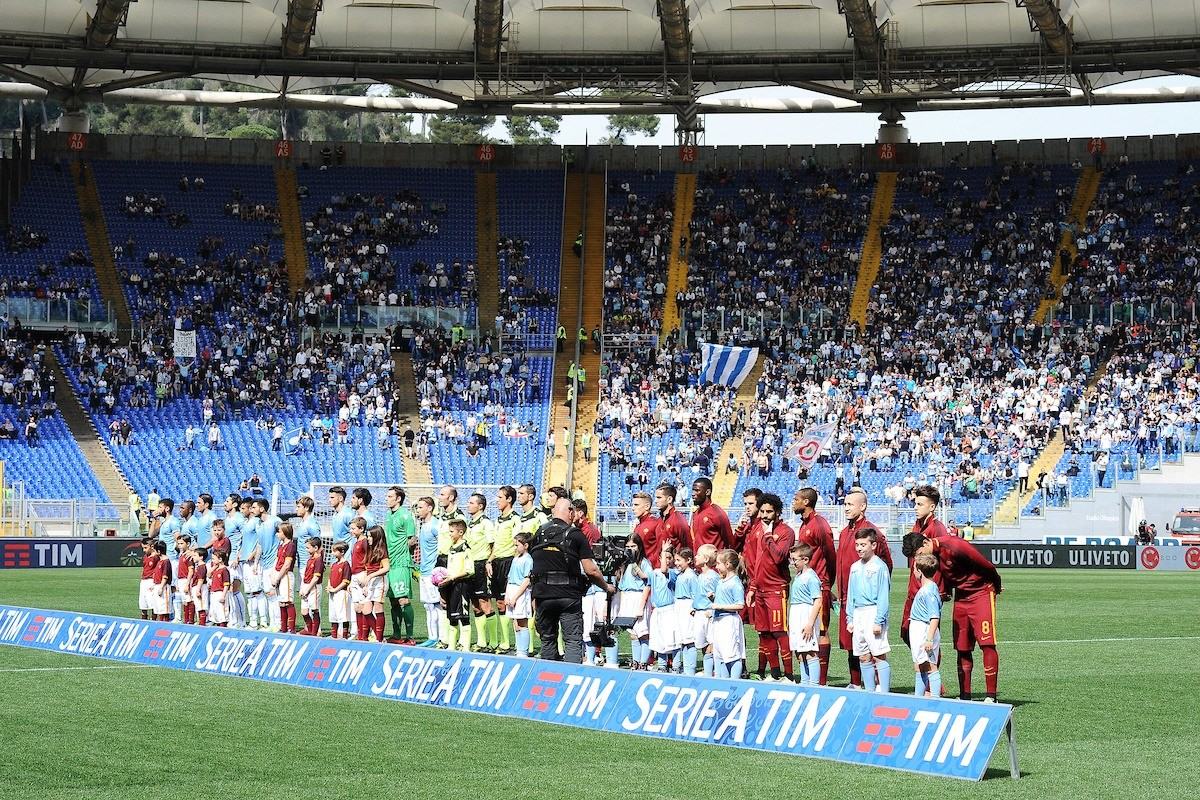
Italian football fans are some of the most passionate in Europe. No matter how loud they are though, they cannot fill all of the empty seats, nor be heard from said seats located a mile away from the touchline.
Italian football stadiums are lightyears behind those in most other European leagues, especially those in the top five leagues. With the exception of Juventus’ Allianz Arena, there are no other modern purpose-built stadiums in Serie A.
Milan’s San Siro and Rome’s Stadio Olimpico may be imposing structures, but they’re a burden on the clubs that occupy them. They’re expensive, half-empty most weeks and owned by the local councils, as almost all Italian stadia are.
Modifying these stadia is out of the question, as is seemingly building new grounds to escape the bureaucracy of the council.
The Milan clubs will get a new stadium, but it’s been in the works for years now, but that’s nothing compared to Roma. Rome wasn’t built in a day, but Roma’s new stadium will seemingly never be completed.
Money, and lack thereof, is the ultimate problem and when your television deal is one-tenth the size of the Premier League’s, it’s an uphill battle. Due to their successes in Europe, Italian teams will do very well to hold onto their stars during the Summer off-season.
And let’s not even talk about the national team, there’s seemingly no saving them at the moment…


